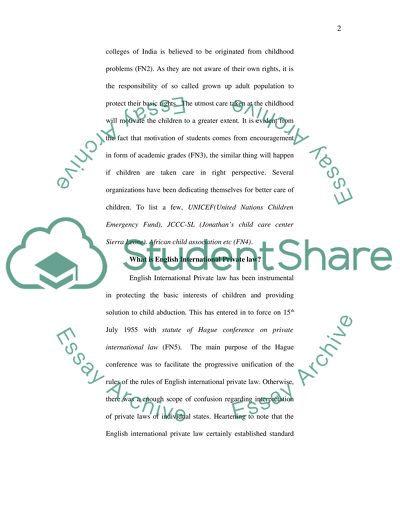Cite this document
(“Critical assessment of English international private law governing the Essay”, n.d.)
Critical assessment of English international private law governing the Essay. Retrieved from https://studentshare.org/miscellaneous/1533635-critical-assessment-of-english-international-private-law-governing-the-care-of-children-and-child-abduction
Critical assessment of English international private law governing the Essay. Retrieved from https://studentshare.org/miscellaneous/1533635-critical-assessment-of-english-international-private-law-governing-the-care-of-children-and-child-abduction
(Critical Assessment of English International Private Law Governing the Essay)
Critical Assessment of English International Private Law Governing the Essay. https://studentshare.org/miscellaneous/1533635-critical-assessment-of-english-international-private-law-governing-the-care-of-children-and-child-abduction.
Critical Assessment of English International Private Law Governing the Essay. https://studentshare.org/miscellaneous/1533635-critical-assessment-of-english-international-private-law-governing-the-care-of-children-and-child-abduction.
“Critical Assessment of English International Private Law Governing the Essay”, n.d. https://studentshare.org/miscellaneous/1533635-critical-assessment-of-english-international-private-law-governing-the-care-of-children-and-child-abduction.


